No products in the basket.
Cissus Discolor (young plant)
£20.00
Categories: Collectible Plants, Other, Other, Species, Young plants Tags: Cissus, Cissus Discolor, Discolor
Cissus discolor is a hard-to-reach, exceptionally beautiful, colorful vine that inhabits the tropical forests of the island of Java in nature. Its climbing nature is due to the fact that the plant belongs to the vine family. This Cissus has cute tendrils that point towards the sun and quickly entangle anything in their path. The greatest decoration of Cissus discolor are its velvety, oblong leaves with a pointed tip. Young growths have a green-silver color to turn from green to purple over time. The undersides of the leaves captivate with a juicy shade of dark burgundy. Cissus produces fructose on the underside of its leaves, which takes the form of crystals and looks just like sugar. The plant will brighten up any interior, and its unique color will captivate lovers of cheerful color accents. Due to its unusual coloring, Cissus discolor is often confused with the equally multicolored begonia rex. This vine grows faster when it can wind, for example, on a bamboo ladder or support. Cissus discolor is safe for pets.
Features:
variegated, velvety leaves
collectible plant
fructose crystals visible on the underside of the leaves
tendrils that entwine the nearest support
rapid growth
Care:
The ideal conditions for Cissus discolor are a warm place that receives a lot of diffused light. Do not allow the substrate to dry out completely, as this may result in wilting and leaf fall. After drying, the plant returns to full vitality for a long time, but it should not be watered too often, because it can lead to rotting of the delicate roots. The optimal substrate for Cissus discolor should be permeable, fertile, humus and slightly acidic. A universal substrate will be suitable. Due to its tropical origin, Cissus discolor will appreciate increased air humidity (above 50%), otherwise the tips of the leaves may dry up and turn brown. In properly ventilated rooms, the plant can be sprayed with soft water. Sprinkling Cissus that is standing in a room with poor air flow can cause a fungal disease. To provide Cissus with the ingredients necessary for growth, it should be fed with fertilizer for green plants according to the instructions on the manufacturer’s packaging. Cissus discolor is one of those plants that react to a change of position, so be prepared for a temporary deterioration of the plant’s condition during the acclimatization period. It is worth remembering that fructose crystals present on the underside of leaves may at first glance resemble pests.
The plant is sold in a pot with a diameter of 7 cm. Plant height measured with the pot is approx. 20 – 25 cm.
| Weight | 1 kg |
|---|---|
| Dimensions | 45 × 35 × 16 cm |






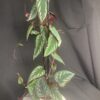
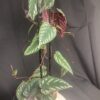
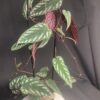
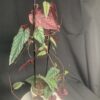
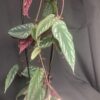
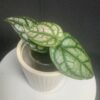
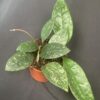

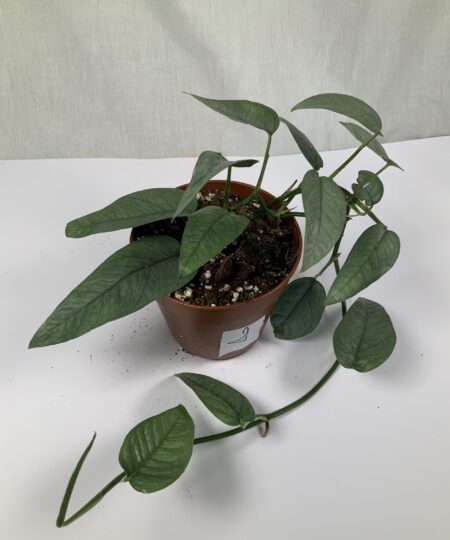
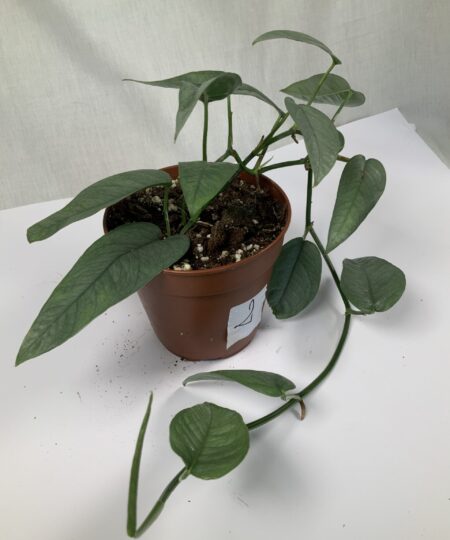
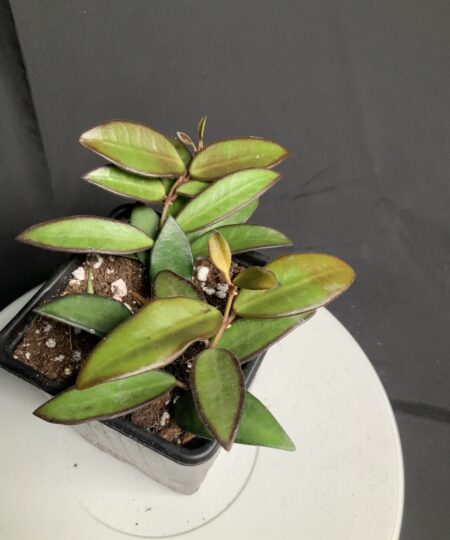
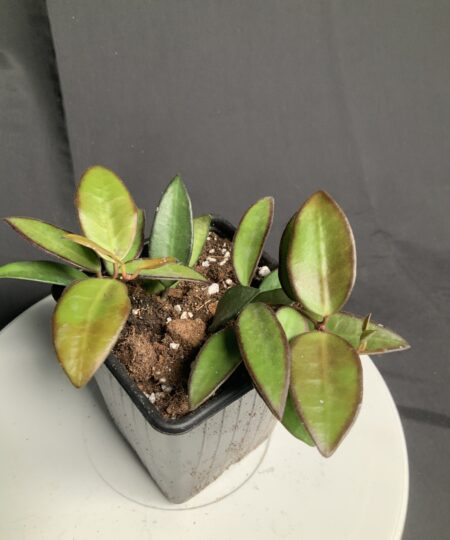
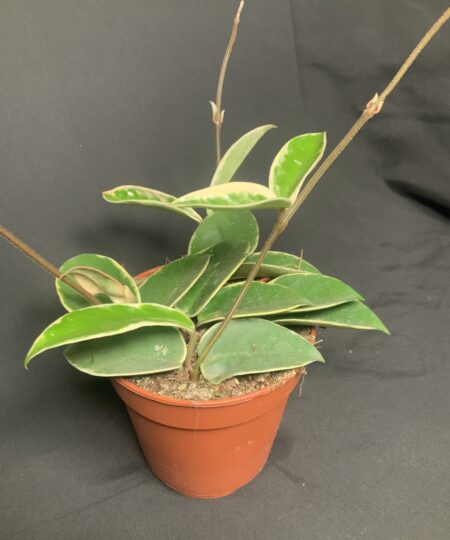
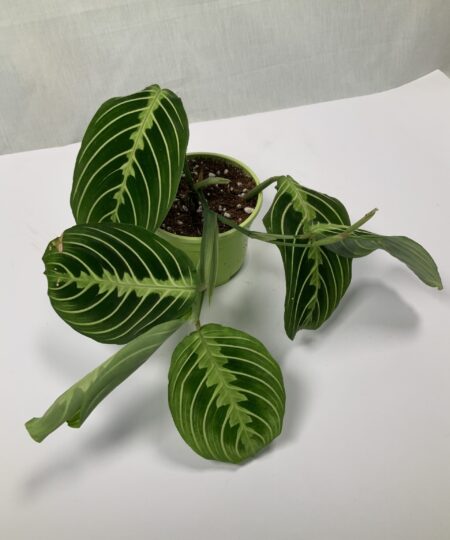
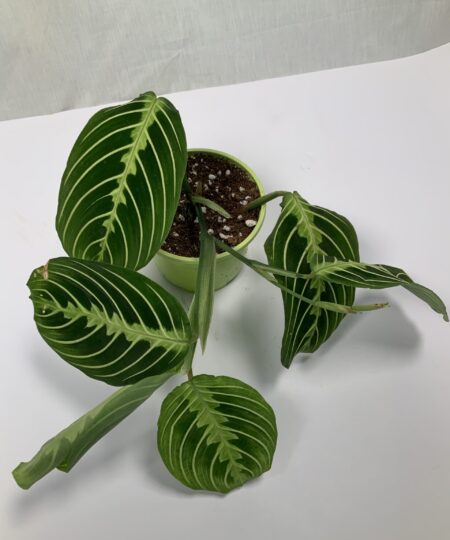
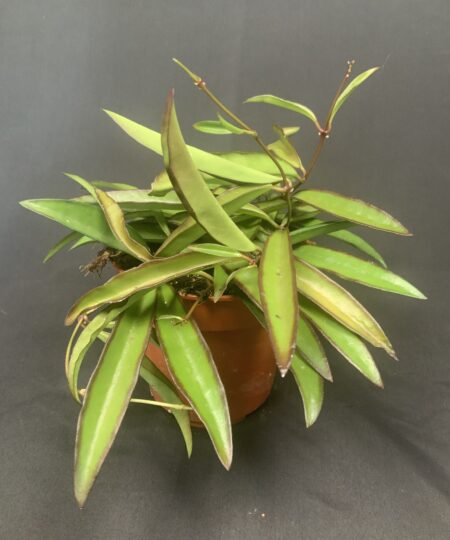
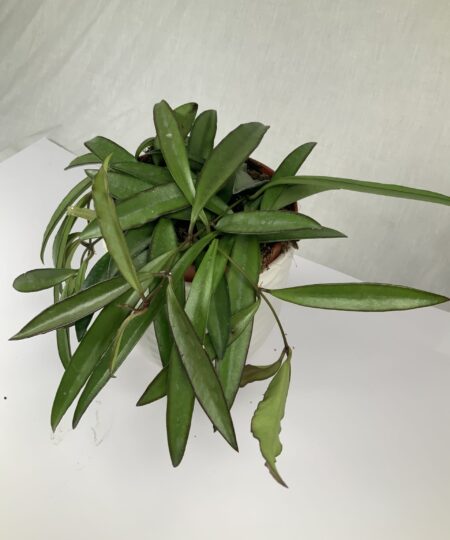
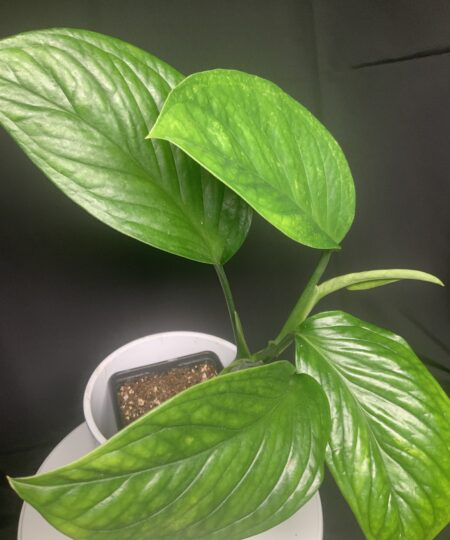
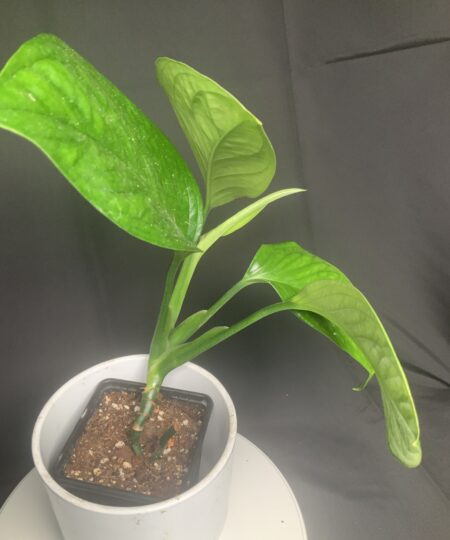
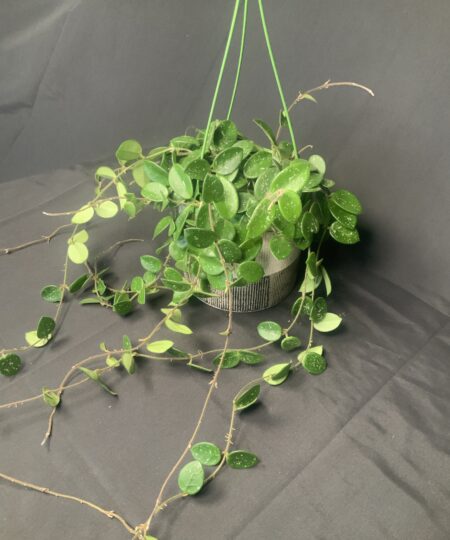
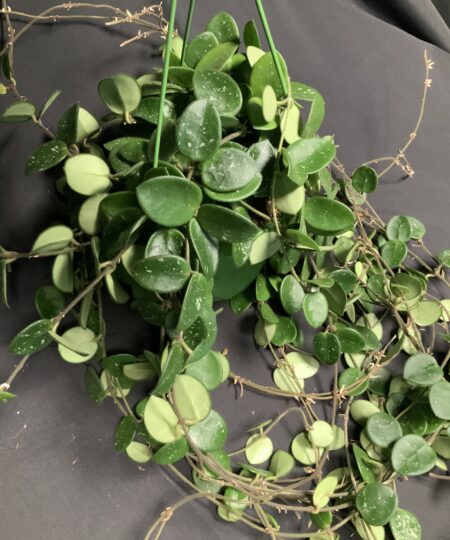
Reviews
There are no reviews yet.